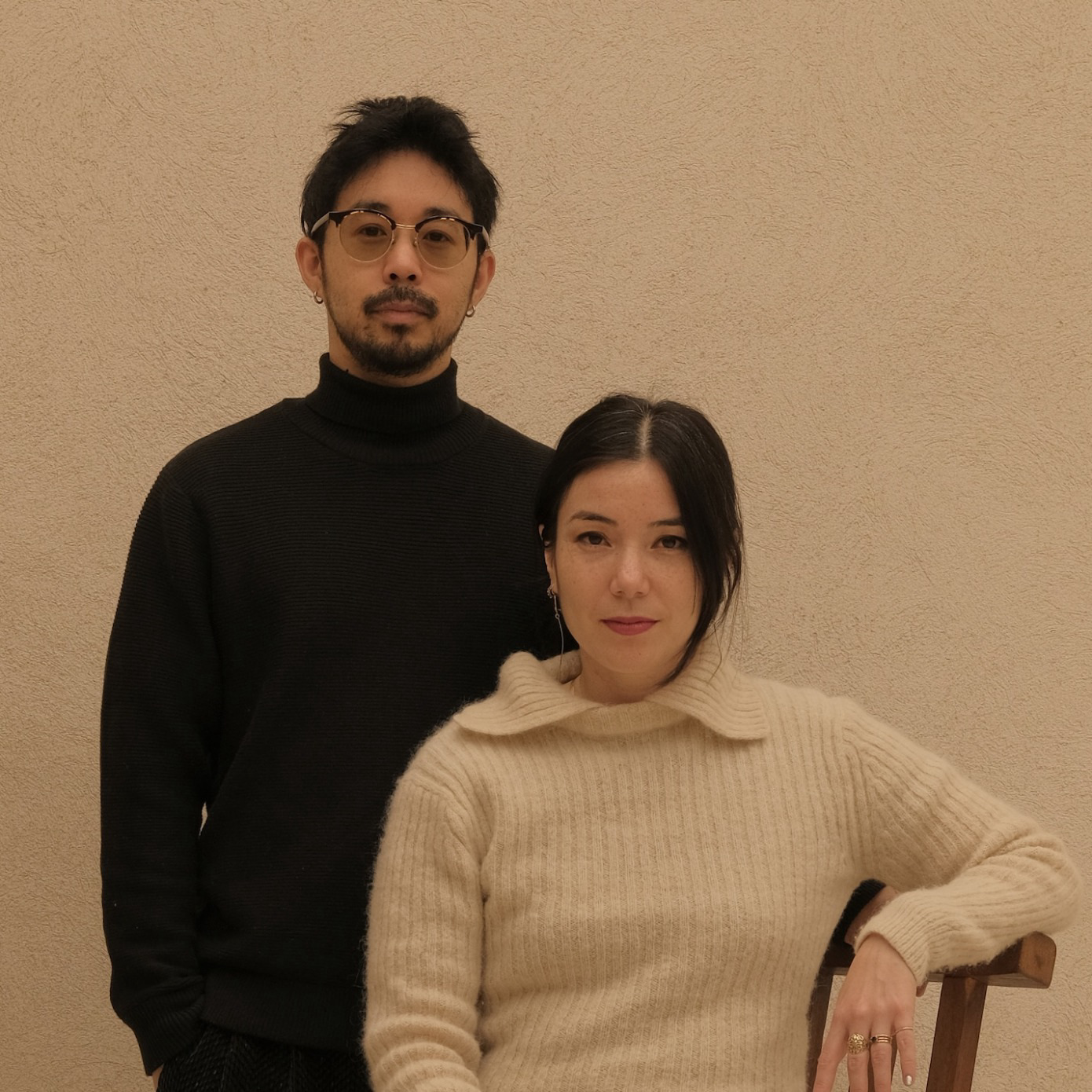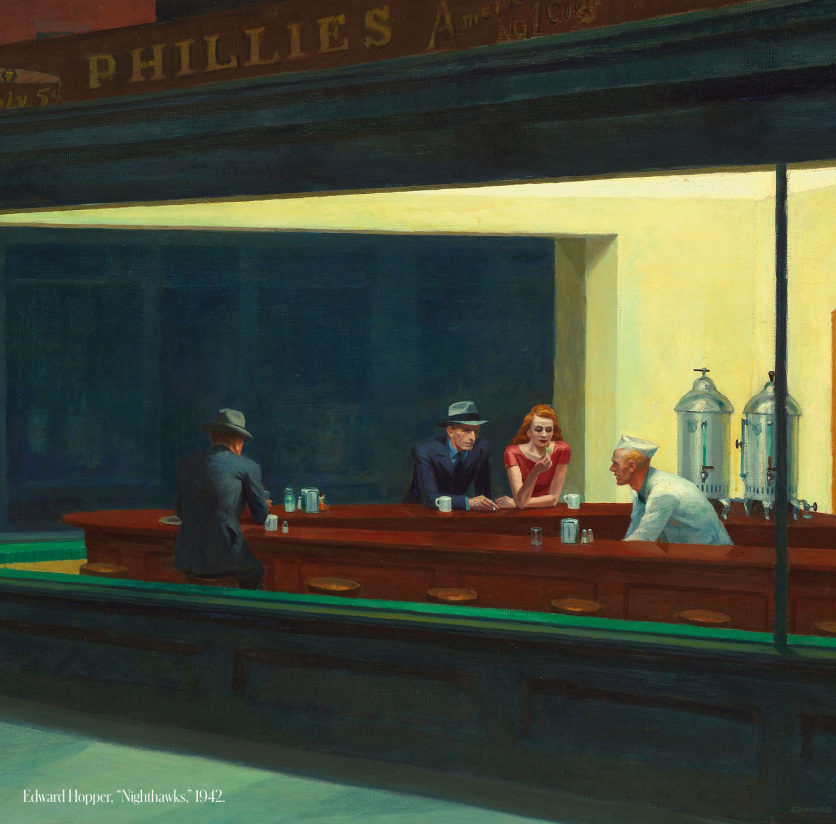John Edmonds: We’re starting with sensitive topics, so a sensitive topic for you is women?
Collier Schorr: Yes.
JE: And a sensitive topic for me is?
CS: Men.
JE: Yeah.
CS: Having the gender that we’re attracted to be the sensitive topic—the topic of care and curiosity—is so inextricably bound to our sexuality. It’s clearly always been there in gay men, gay creativity, but it’s been predominantly gay male and it’s been predominantly gay white male. I think, in some ways, trying to tear down that is where we meet. What’s the word? The paradigm, the monument.
JE: I like that you said the word, “monument,” because when I think of a monument, I think about something that is hard to forget. It’s in the way. It’s hard to see past because it’s such a strong visual that can also block one’s view.
CS: It’s interesting to know our backstory—that you were my student at Yale for two years in the graduate program. It’s a very specific dynamic; more so than just teacher-student, grad school has its own dynamic. You came in an artist, and you practiced it in front of us, your teachers, your fellow artists. I was drawn to you and curious because I felt like we were both dealing with the same monument—a thing that was both alluring and troubling.

JE: That’s a great way to put it: alluring and troubling. When I first met you, I was in a place where I really didn’t know that much about my past. I was so drawn to you and your work because you were interested in questions. It’s easy when you can ask someone else and they can give you the answer, but when you have to ask yourself, it really shifts the possibility of what can be.
CS: One of the questions that I asked myself was, Can I live with what I want to make? My training in the ‘80s was so rigorous in terms of representation. We took the problem of the gaze into consideration, but the gaze that we were warned about was always the male gaze. And so, as women, what were we to do with our own? We knew we had it.
JE: Outside of this gaze, I think that we are both artists that work from a place of affinity. People that you have affinity with and people that you see yourself in. It doesn’t necessarily mean that they’re a reflection of you but that they—in some way, shape, or form—live a life that you could see yourself living. I remember you talking about, “This is the life that I would’ve had if I was a man.” That is both interesting and complicated.
CS: The complication is that I don’t think I would have such a different life because I would still be the same person. I think that’s maybe why I’m not trans. I never thought that if I transitioned I would be very much different than I was already. Speaking in a wrestling room, I said that about looking at what I could have been like if I was a boy—the water boy. What I meant by that was, if I were a boy, I would’ve had proximity to that life. I’ve had so much access because I am gay woman—I was the least threatening and the least distracting—but I couldn’t go in the locker room. I imagined what I didn’t have—the locker room—which was a forbidden space. I do love this idea of affinity now, because coming from a time that I came from, it was hard to find that. There were so many hidden cultures. Now, when I look at the landscape, I’m part of that it. There are artists who look at me—lesbians that look at me—and feel affinity. That’s a really beautiful reality and a good reminder that I’m not always in resistance too, but that I’m in pursuit of a connectivity that’s freely there.

JE: What I find so interesting about artists who challenge the gaze—which is essentially what you’re talking about—is that they end up in some kind of hot seat. Sometimes we do things that are self-effacing from time to time, but I don’t think that means that we are fools or silly people. It means that we are deeply invested in the questions that we are asking. I see the questions in your work whether or not you are trying to be humorous or naughty.
CS: It’s proximity to desire and wanting to eviscerate mistranslations, wanting to just raise the ground in a way out of anger and frustration, and wanting to literally sprout up through the earth to just be yourself. I’ve been reading Audre Lorde’s cancer journals, and she talks about the idea that we’re living and dying at the same time. Sprouting and decaying and withering. It really struck me, because I thought the miseries and the sadness are actually movement, and there are things that we actually are carrying that are decaying. We want to release them, but there is a sense of loss because there’s a death in that.
JE: I’ve always seen you as a very defensive person, but I think that defending comes from a place of love and the desire to protect—to be a gatekeeper, someone who is a resource, and perhaps a source of inspiration. This is something that I think a lot about when it comes to the African sculptures and the idea of Black figure. There is a relationship there. Whether or not it has been parsed out, there is an inherent relationship to both our bodies of work and histories and how we both navigate understanding them. You once said to me that you are shy, but you’re interested in being seen. I would say that this is a very interesting kind of conundrum many photographers navigate. I see your work largely in relationship to a child’s imagination. That’s why I brought up naughty. We talk about photography and the camera as permission to be naughty.
CS: Well, provocative.
JE: Provocative to be naughty. To instigate. That is really the core. It’s how you are able to both agitate and build affinity. It’s fascinating how you talk about access, whether it’s access to a culture, a group of boys, a group of women, a place. How do you do that?
CS: It’s because I had no friends in high school, and I’ve been recovering ever since. It’s not that I want to be friends with everyone, but that I want to be friends with people that are different than me because I feel different than me in some way. You need to be a complete opposite of the Indigenous American mythology that photography is soul stealing. I often enter the body of the person I’m shooting. If they engage with me back, I get my soul back when I go home. If they don’t, then they’ve taken it. It takes me a day or two to recover.
JE: You and I are both interested in photography’s ability to assign life and that can be taken very seriously.
CS: I can live off of it. Photography is a form of promiscuity for me, especially as someone who’s not been particularly promiscuous in my life. There are times in which I get very engaged. What happens is I feel my own availability in terms of love. That is the high probability for me—being opened up and feeling the joy of service in a way.
JE: I’m seeing where we are alike, and I’m also seeing where we’re different. People would tell me that I was too serious about certain things. When I was in my early 20s, I felt I was emotionally promiscuous; I shared my feelings with a lot of people that didn’t need them.
CS: We’re twins with that. People always think the camera’s cruel, but the cruelty of photography is that the photographer is not always there. I was thinking a lot about your work, about rejecting the patriarchy, rejecting toxic masculinity, and the way the patriarchy is framed by sympathetic people like ourselves has to feel very different for Black men, because a Black male patriarchy is a completely different thing. Black male power and patriarchy were interrupted by slavery in this country, so a white man or a white woman’s idea of “the patriarchy” is white corporate America or middle of the country farmers and white trash. I wonder if it’s a little bit more complicated when you haven’t grown up with Black authority?
JE: Absolutely. This is something that I actually wrote about in my essay to apply to Yale. As someone that did not grow up with a certain male figure or authority, I go back to it very often. I have a younger brother who is 17 years old now. I think a lot about what it’s like for him to grow up with both his mother and father, and what it means to have that guidance as an example. When I found out the news about my biological father, I was really interested in knowing how I would age; in knowing the health concerns that I should have as I get older. Because if you don’t have that, then the future seems like a void. Much of my work has been about kind of creating the foundation based on this lack of presence, this kind of absence of a body, this absence of mentorship. The violence of absence, the violence of...It’s like the monument that you know that should be there but isn’t there. What happens when we know something should be there and it isn’t there? What does that create inside of us in our core?
CS: On some level it creates this liminal state in which you can’t topple over a monument if you can’t see it. That’s sort of what we’re still learning about language—that when we only hear our language, or we only read others through our own language, we’re missing all the story. There’s no way that a Black man can have the same relationship to patriarchy as a white person because it’s a certain kind of monument that’s just not been erected. It’s not been allowed to be erected up until recently. Now, of course, there are monuments. There’s love or not love, Kanye or LeBron or Dave Chappelle.
JE: Love LeBron.
CS: Love LeBron. What’s crazy is Shaun King finally came out against Dave Chappelle’s trans jokes, which is remarkable because I don’t think Shaun King has mentioned the word “trans” since he’s been on air. In terms of freedom of speech, I really do lean on the side of comedy doesn’t trump humanity. I’d like to get my trans jokes from trans people at this point and my Black jokes from Black people. But I love the idea that when I look at [your] new pictures it’s like you’ve spread seeds on the ground and grown a community that is monumental. That the most we can do as people that have been sort of seen as outside of the erectors of structure.
JE: I’m interested in the full scope of our humanity. And I think that violence is a part of that. I think that defensiveness is a part of that. I think that protection is a part of that. Ultimately, we are only as human as we allow ourselves to be, and I think it’s a necessity to put it all out there.





